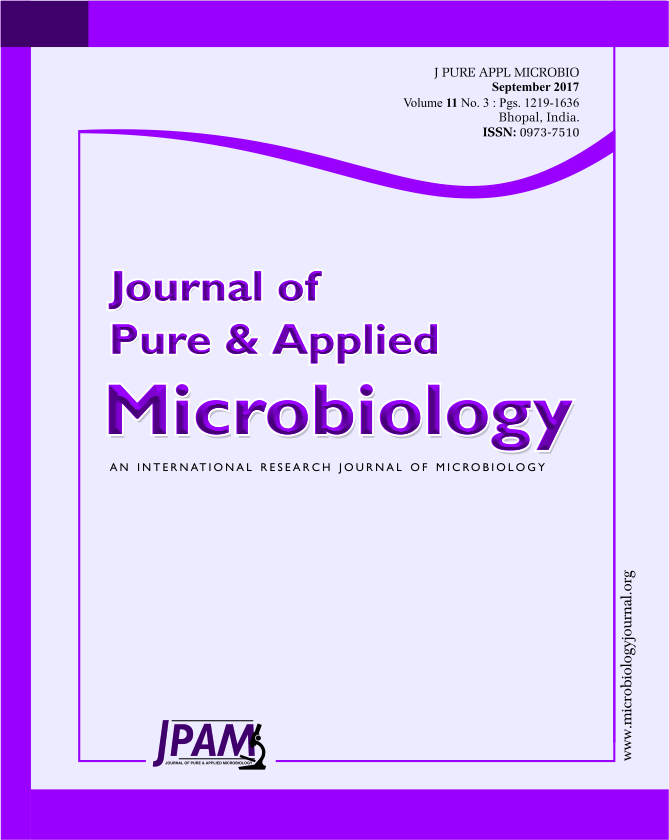Commercial pectic enzymes (CPE) are used in the winemaking process to improve the extraction of aromatic substances and color and for the clarification of juices. These enzymes contain pectinest erase (PE), which reacts with pectin in the process and catalyzesthe de-esterification of pectin by the removal of the C-6 methoxy groups of D-galacturonic acid to release methanol. In this study, cross-linked alcohol insoluble substance (CL-AIS) columns derived from pea pod 50% and 80% degree of esterification (DE) pectin were used to separate PE from other pectinases. Results showed that by using the 80 DE column, PE (PE: 100 unit/mg; polygalacturonase (PG): 6.5 unit/mg; pectinlyase (PL): 82.4 unit/mg; purification fold: 4.8; recovery: 68%) is effectively separated from PL (PL: 445 unit/mg; PG: 8.3 unit/mg; purification fold: 6.7; recovery: 84.3%). Theenzymes were subsequently used to make orange wine to evaluate the effect of different enzymatic treatments on the release of methanol. Lower methanol concentrations throughout fermentation were observed in the enzymatic treatment without PE.
Enzymatic treatment; Fermentation; HM-esterified CL-AIS; Methanol; Winemaking.
© The Author(s) 2017. Open Access. This article is distributed under the terms of the Creative Commons Attribution 4.0 International License which permits unrestricted use, sharing, distribution, and reproduction in any medium, provided you give appropriate credit to the original author(s) and the source, provide a link to the Creative Commons license, and indicate if changes were made.


